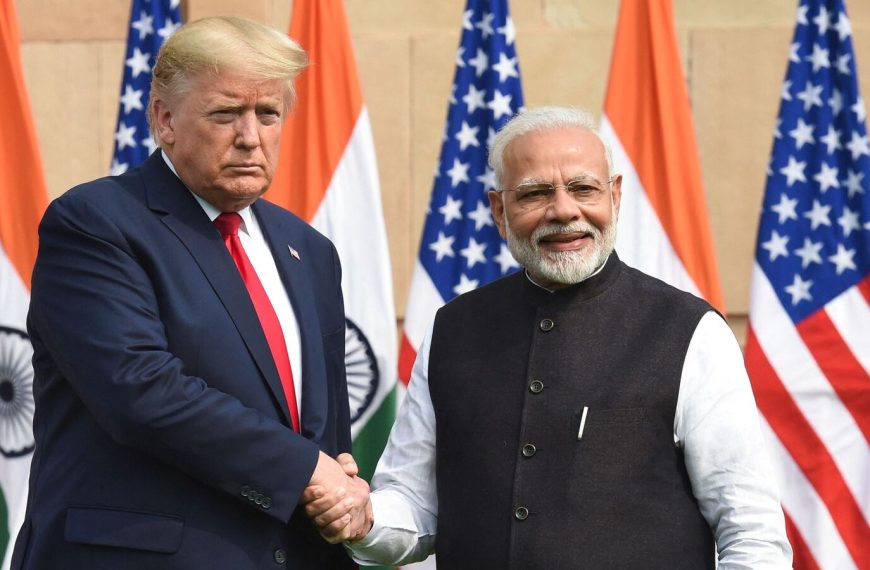The Indian government is currently examining a proposal to implement a Goods and Services Tax (GST) on Unified Payments Interface (UPI) transactions that exceed ₹2,000. This potential policy change aims to enhance tax compliance and integrate a larger portion of digital transactions into the formal economy. If enacted, this measure could see an 18% GST applied to high-value UPI transactions, aligning with the standard tax rate for numerous digital services.
Understanding the Proposal
Recent media reports indicate that the government is considering adjustments to how UPI transactions are taxed, particularly for amounts that surpass the ₹2,000 threshold. This initiative is intended to streamline tax collection and ensure that more digital payments contribute to the national revenue.
- Key Points of the Proposal:
- GST may be applied only to UPI transactions over ₹2,000.
- A potential GST rate of 18% is under discussion.
- The goal is to improve tax compliance across digital platforms.
Impact on GST Collections
In line with the proposed changes, it’s worth noting that India’s GST collections have shown significant growth, increasing by 9.1% to approximately ₹1.84 lakh crore in February 2025. The official data released on March 1 reveals the following breakdown for the month:
- Central GST: ₹35,204 crore
- State GST: ₹43,704 crore
- Integrated GST: ₹90,870 crore
- Compensation Cess: ₹13,868 crore
This positive trend in tax collections highlights the government’s ongoing efforts to enhance fiscal revenue through improved compliance and broader participation in the formal economy.
Looking Ahead
As the government evaluates this GST proposal on UPI transactions, the focus remains on creating a tax structure that accommodates the growing digital payment landscape. Stakeholders in the financial sector and digital economy are closely watching these developments, as they could significantly impact how consumers and businesses engage with digital payment systems.
This potential change signifies a crucial step towards integrating digital transactions into the broader economic framework, ensuring that all payment methods contribute fairly to the country’s tax revenues. More updates on this topic are expected in the coming weeks, so stay tuned for further details.











